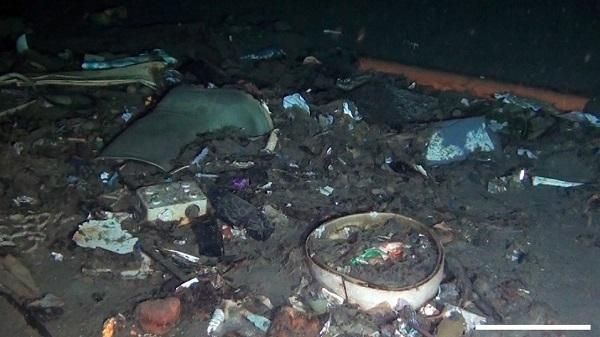The Messina Strait, a submarine bridge separating the island of Sicily from the Italian Peninsula, is the area with the largest marine litter density worldwide –more than a million objects per square kilometre in some parts–, as reported in a new review paper published in the journal Environmental Research Letters. Also, over the next thirty years, the volume of rubbish in the sea could surpass three billion metric tons (Mt), as cited in the study, whose corresponding authors are the experts Miquel Canals, from the Faculty of Earth Sciences of the UB, and Georg Hanke from the European Commission’s Joint Research Centre (JRC), where scientists carry out research in order to provide independent scientific advice and support to EU policies.
Led by the University of Barcelona, this paper gathers the results of the scientific meeting on macrolitter that took place in May 2018, promoted by the European Commission’s Joint Research Centre (JRC) and the German Alfred Wegener Institute (AWI). A team of twenty-five scientists from across the world treated issues such as data needs, methodologies, harmonisation and needs for further development.
The study provides a synthesis of current knowledge on human-sourced materials lying on the seafloor and goes through the methodologies to improve future studies, “highlighting the need to understand litter occurrence, distribution and quantities in order to provide insight for appropriate (policy) measures”, notes Georg Hanke, who adds that “the paper also shows the need to employ new methodologies –i.e. imaging approaches– to cover areas that had not been considered previously, and provides tools to enable quantitative assessments such as those under the EU Marine Strategy Framework Directive (MSFD)”.
Read more: University of Barcelona
A litter hotspot at 415 m depth in the Strait of Messina, Mediterranean Sea. (Photo Credit: M. Pierdomenico D. Casalbore and F. Chiocci/National Research Council/La Sapienza University in Rome)


